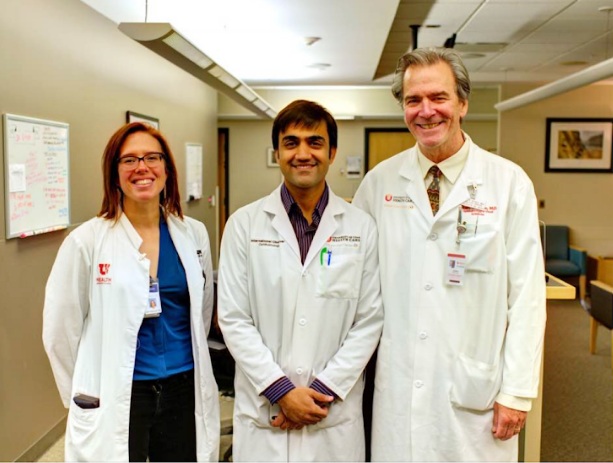0
Total Patients
0
Major Surgeries
0
Minor Surgeries
0
Laser
Total Patients
Major Surgeries
Minor Surgeries
Laser



I am fortunate to be one of Dr. Sohaib patients. He is the fifth doctor I saw on my journey to getting properly diagnosed and treated — there will not be a sixth! In addition to his incredible understanding of Retina, Dr. Sohaib is kind, thoughtful and patient. Thanks to his insight and care,
“Dr. Sohaib and his clinic have set the bar very high in patient care and the treatment of UVEITIS. He was the first doctor I met with who took the time to put all the pieces together and explain the complicated dynamics of Uveitis. From the very first appointment I knew that Dr. Sohaib was invested in my health and wellbeing.
Dr. Sohaib has all the qualities one looks for in a doctor, but rarely finds. For the 2 months that I was under his care, I was struck by his personal, individualized attention. He was thorough in her explanations and took her time answering my questions, often anticipating them. I was further impressed with his incredible professional responsiveness in terms of communication